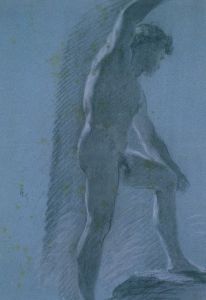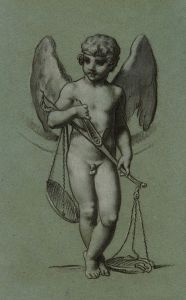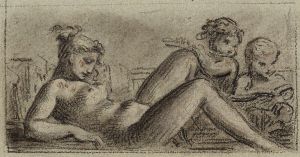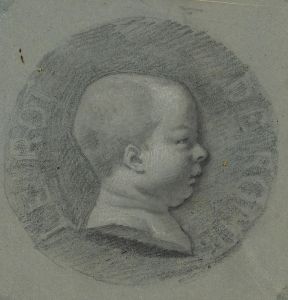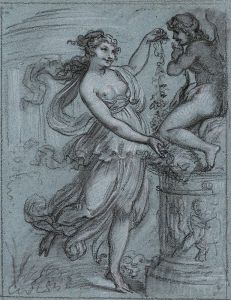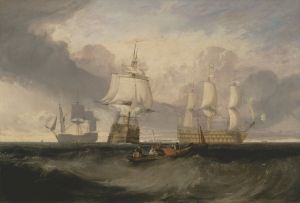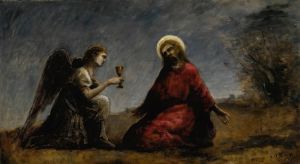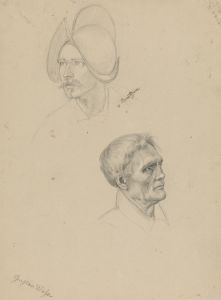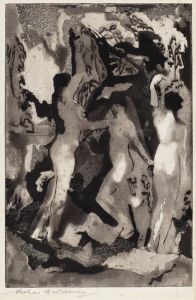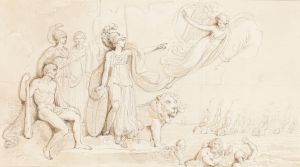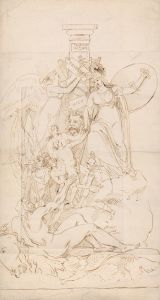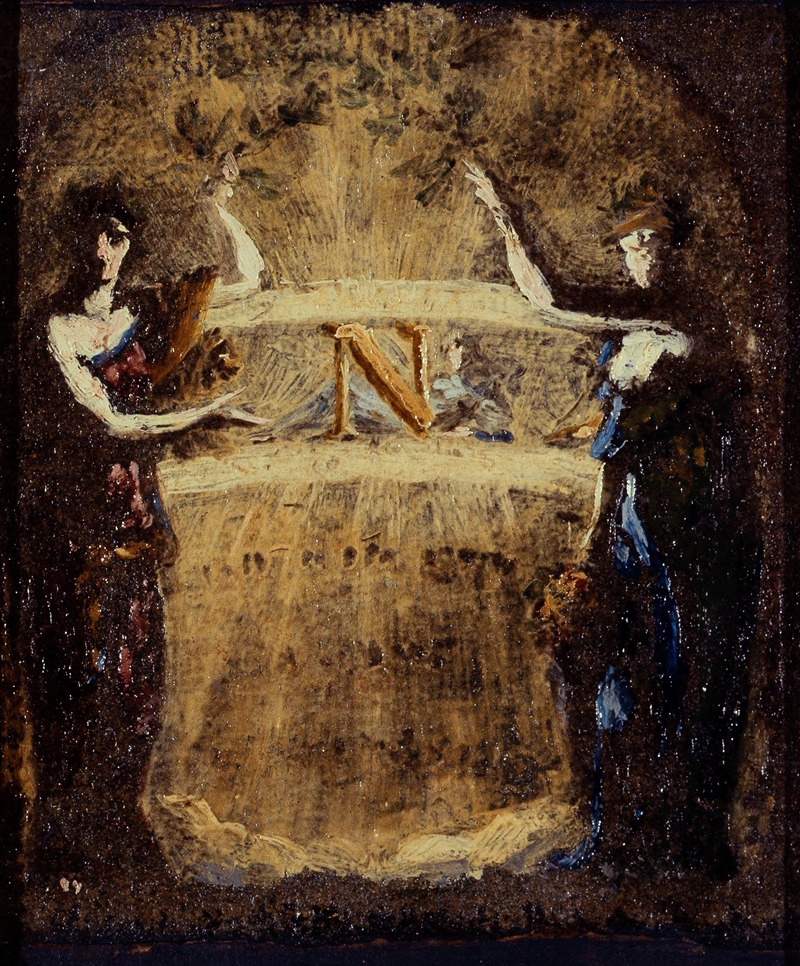
La Victoire et la Paix
A hand-painted replica of Pierre-Paul Prud'hon’s masterpiece La Victoire et la Paix, meticulously crafted by professional artists to capture the true essence of the original. Each piece is created with museum-quality canvas and rare mineral pigments, carefully painted by experienced artists with delicate brushstrokes and rich, layered colors to perfectly recreate the texture of the original artwork. Unlike machine-printed reproductions, this hand-painted version brings the painting to life, infused with the artist’s emotions and skill in every stroke. Whether for personal collection or home decoration, it instantly elevates the artistic atmosphere of any space.
Pierre-Paul Prud'hon, a French painter renowned for his neoclassical and romantic style, created "La Victoire et la Paix" (Victory and Peace) as an allegorical work. This painting, completed in 1801, was commissioned to celebrate the Treaty of Lunéville, which marked the end of hostilities between France and Austria during the War of the Second Coalition. The treaty, signed on February 9, 1801, was a significant diplomatic achievement for Napoleon Bonaparte, consolidating French territorial gains and establishing peace in Europe.
The painting depicts two central allegorical figures: Victory, personified as a winged woman holding a laurel wreath, and Peace, represented as a serene and graceful figure. Victory is shown in a dynamic pose, symbolizing triumph and the glory of military success, while Peace exudes calmness and stability, embodying the promise of harmony and prosperity following the cessation of conflict. The composition is balanced and harmonious, reflecting Prud'hon's mastery of classical ideals and his ability to convey complex themes through allegory.
Prud'hon's use of soft, diffused lighting and delicate color tones enhances the ethereal quality of the figures, creating a dreamlike atmosphere. His style, influenced by both neoclassicism and romanticism, is evident in the idealized forms and emotional resonance of the painting. The work demonstrates Prud'hon's skill in blending classical techniques with a sense of poetic expression, making it a notable example of early 19th-century French art.
"La Victoire et la Paix" was well-received in its time and contributed to Prud'hon's reputation as one of the leading artists of his era. The painting reflects the political and cultural climate of post-revolutionary France, where art was often used to convey messages of national pride and unity. Today, it is considered an important work in Prud'hon's oeuvre, showcasing his ability to merge artistic beauty with symbolic meaning.
The painting is housed in the Louvre Museum in Paris, where it remains accessible to the public as part of the museum's extensive collection of neoclassical art. It continues to be studied and admired for its artistic and historical significance, offering insight into the cultural and political context of early 19th-century France.







